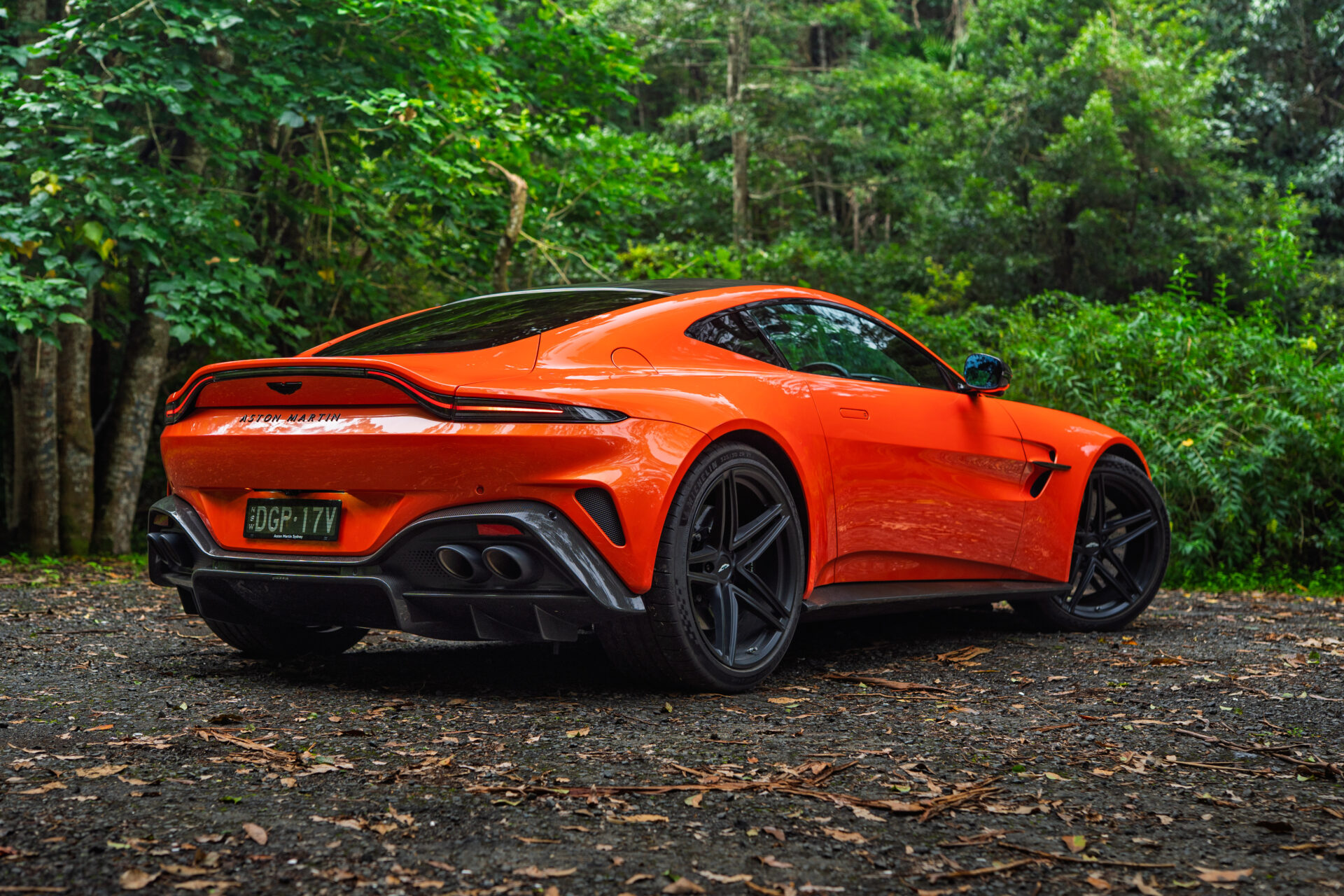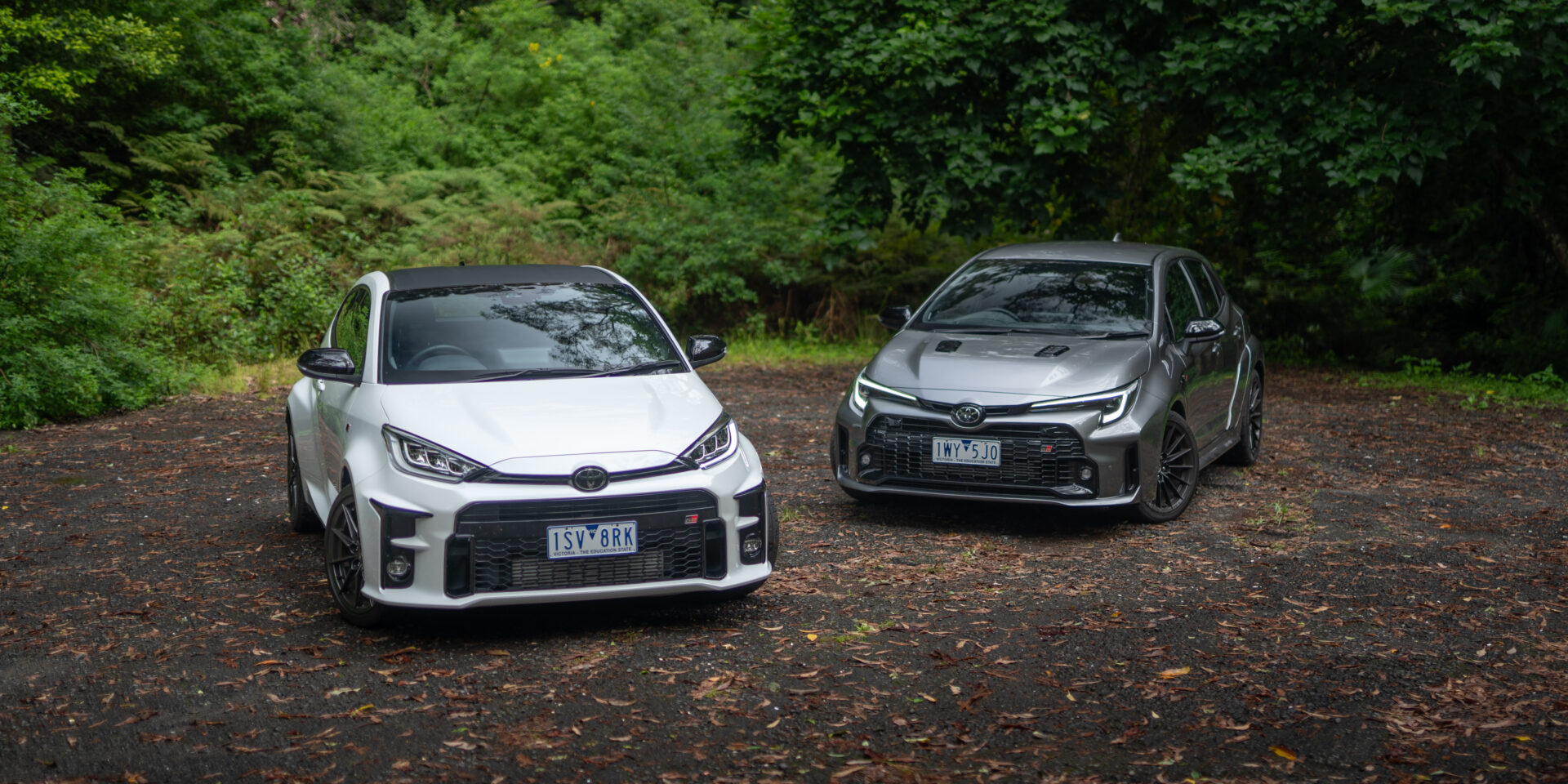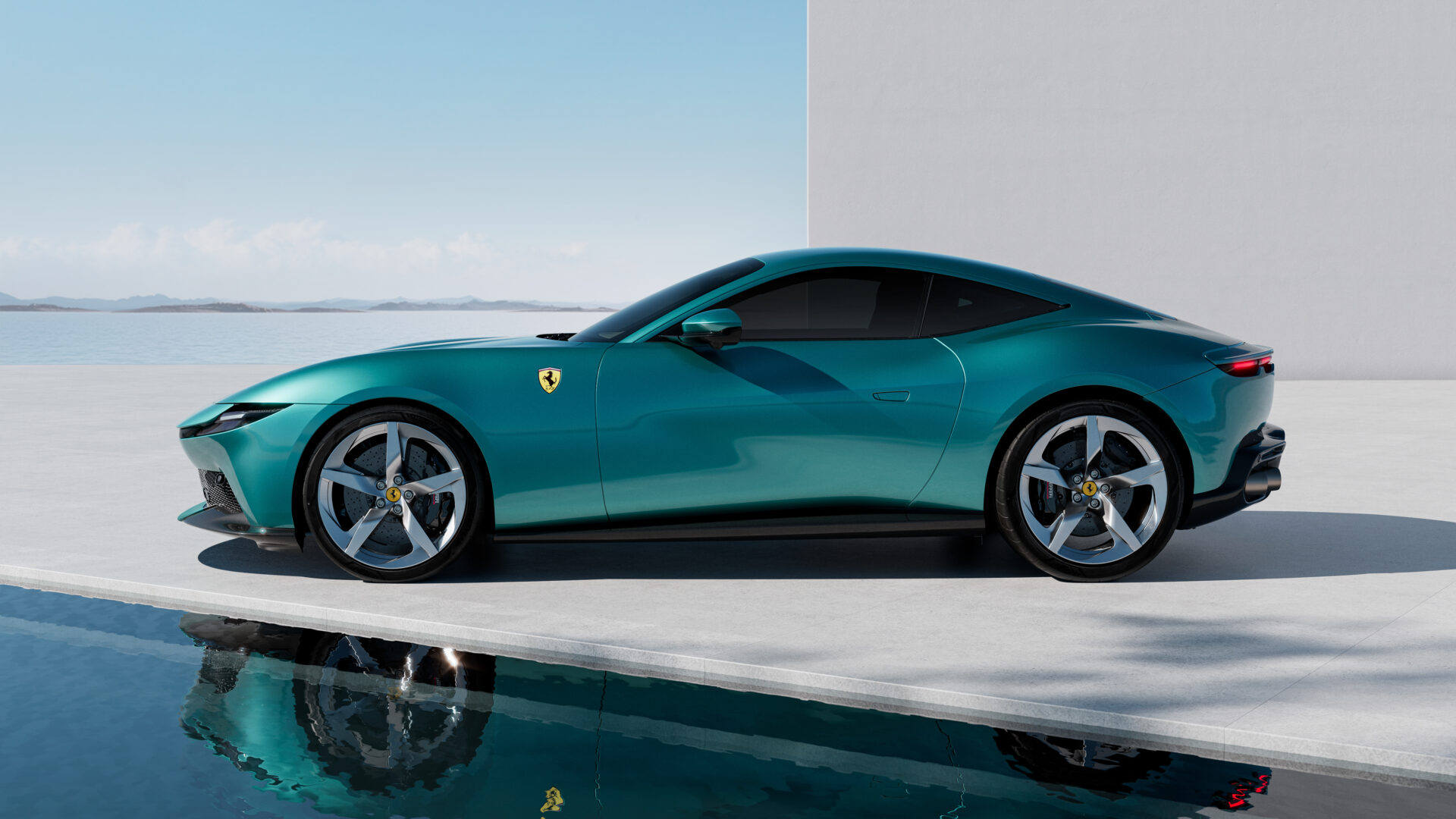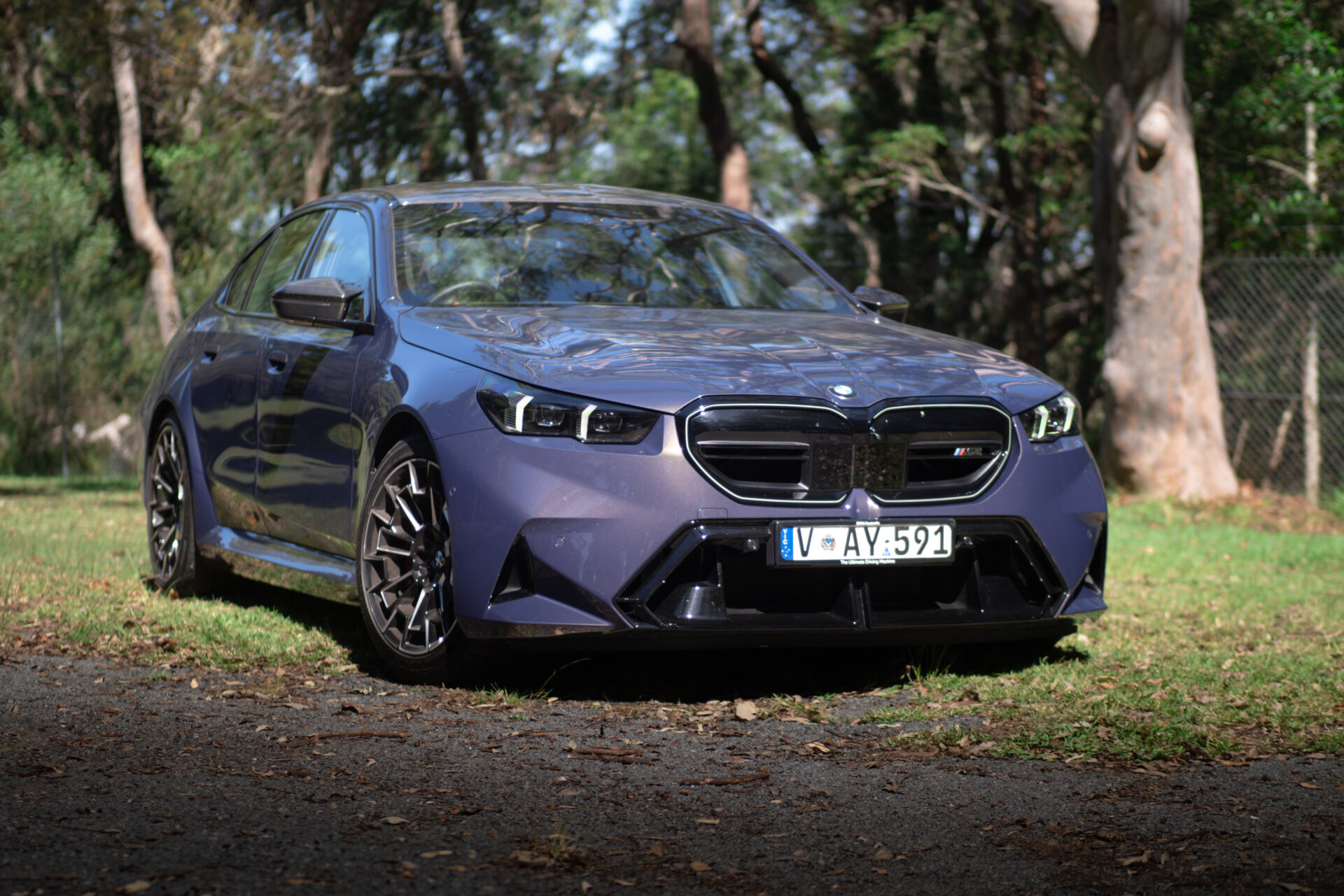Hyundai’s i30 N came out of nowhere but landed to critical acclaim. It’s a muscular, fast, keenly-priced hot hatch. But is it the best?
For so long if you wanted a hot hatch, you had some tough choices to make. We’re in a continuing Golden Age of the hot hatch, from Ford’s excellent Fiesta ST through to BMW’s brilliant M140i. They’re all good. There isn’t a dud among them, even the older ones.
The sweet spot seems to be in the C-segment hot hatches. You can choose French, German and Japanese and it’s unlikely you’ll be unhappy.
The 308 GTI is excellent if with a whacky driving position. The recently-departed Focus ST was a rowdy street-brawler but always exhilarating. The Volkswagen Golf GTI is poised, quick and subtle but the least powerful of the lot. The RenaultSport Megane, for me, was the handling benchmark but had a hard ride, ropey interior (except the seats) and weird steering wheel angle.
South Korea had been largely silent. Oh, Hyundai had a few cracks with the Veloster, a warm i30 SR and Kia made some noise with the Pro’ceed GT. Died off pretty quickly, that last one, and we’re not sure why (although a new Ceed and Proceed GT are on the way).
It was odd that Hyundai hadn’t committed. Then N branding started appearing on the giant’s i20 rally cars and word quickly spread as the company made some important hires, including BMW M’s Albert Biermann.
That guy knows what he’s doing, he’s been responsible for some cracking cars.
Hyundai i30 N History



Pretty short, as it turns out. There wasn’t one and then there was one.
It was odd that it had taken so long for Hyundai to get into this part of the market. The bizarro-world Veloster (which I love) quietly chugged away getting better as new engines and suspension tunes found their way in. The SR Turbo was tremendous fun but spent most of its time bouncing off the suspension stops. That made it uncomfortable and nervous when you were on it.
It also had a very slow gearchange and a 1.6-litre turbo that kept running out of revs. Weirdly, the automatic was better because it could change gears more quickly.
Hyundai’s relationship with fast cars has been off and on over the past couple of decades. The company has run in the World Rally Championship a couple of times. It threw stacks of money at the first attempt with the stupid-looking Accent WRC, threw money at drivers and basically got diddly-squat for their trouble. So they left.
For nine years, nothing.
Then in 2014, the company returned with a more focused effort, hiring Thierry Neuville to spearhead the new effort. The team has been there or thereabouts, scoring points, wins and being ruthless with their drivers (as Hayden Paddon will tell you).
Then in 2016 came the RN30 Concept at the 2016 Paris Motor Show. I was there and saw that car, thinking that Hyundai’s N Division is super-serious. Don’t ask me why I thought that, I just did.
And finally, the i30 N made its world debut and the game changed. Everyone from Thierry Neuville down said it was good, a solid start.
Hyundai i30 N Drivetrain




The i30 N packs a Hyundai-developed 2.0-litre four-cylinder turbo, part of the Theta II engine family. With direct injection and variable valve timing, the N Performance spec engine (we only get this engine in Australia) produces 202kW (275PS) and 353Nm. Flatten the throttle and you’ll get another 25Nm, taking the total to 378Nm.
The engine is out of the larger Sonata, but has new pistons, a new turbo and cooling system and overboost gear.
At the moment, you can only get a six-speed manual while N gets on with designing and developing an eight-speed twin-clutch. The six-speed addresses the drama of the slow shift of most Hyundai manuals by adding carbon fibre synchro rings for a very, very slick change.
The six-speeder box drives the front wheels which also has an electronically-controlled mechanical limited-slip differential.
A big part of the fun of the i30 N is the crackling exhaust – a two-stage exhaust system spits out a basso-profundo roar as well as some fantastic crackling.
The non-Performance spec cars have “just” 184kW (250PS) and 353Nm as well as missing out on the LSD and active exhaust.
Hyundai i30 N Chassis




You can have tons of power but if what’s underneath you isn’t much good, you’re in trouble. Biermann’s team started with the obvious multi-link equipped version of the i30 and went from there.
Stiffer springs, adaptive damping, 19-inch Pirelli P-Zero tyres (with HN coding so you know it’s for that car), torque vectoring and, of course, the LSD.
The electric steering is way sharper but weighted quite differently across the modes. The adaptive suspension is also quite different between the three modes, but nobody reading this is going to spend much time out of N mode. For Australian cars only, we get a slightly softer damper tune, but you’d never notice – our roads are so terrible, N’s management rescinded the “One tune to rule the road” edict. Thank goodness.
Driving






The basic i30 is good. The SR is excellent. They have to be because the C-segment hatch still holds its own in a world of SUVs and all of them are better than good, with a few exceptions.
You can feel from the first three seconds that the i30 N is different. It feels like a different car as soon as you fire up the 2.0-litre, the engine giving you a nice loud, “Booooooo!” on startup. Grab the chunky wheel and feel the weight and the bite of the tyres, even just getting out of a car park.
The clutch is light and is probably the only vague part of the technical package. Everything else is precise, oiled, assertive. Thumb the N button and the car feels properly serious, the exhaust blare goes from aggressive to angry, like you just said something rude about its mum.
Unlike the Golf, it’s an alpha car. While the styling is hardly look-at-me RS Megane (another alpha), its on-road demeanour feels a lot more like Dieppe’s madness. The Golf never feels like it has its elbows out, but the i30 N starts that way. It’s reassuring, but you want to know if it has the bite to match the bark.
Yep. Five good corners in and you know exactly what makes the i30 N tick. It revs to almost 7000rpm, which is welcome – smaller displacement turbos run out of puff and you spend so much time changing gears. The N lets you choose to row it along or relax on the torque wave.
But good gracious me, this thing has a tremendous front end. The way you can pile into a corner way too hot (like the Civic Type R) is hilarious. Stand on the brakes then get on the throttle early is never not fun.
While you won’t be chucking this thing sideways, as a road car, this is the one to beat. It’s more liveable than the old Megane, it’s braver than the 308 GTI, more composed than the old Focus ST.
And it’s way, way more interesting than the Golf GTI. And that makes it the best hot hatch in the world.
Want more Hyundai stories? Click here
Want more hot hatches? Click here
Hyundai i30 N Exterior Images




































Hyundai i30 N Interior Images









All images by Matthew Hatton Photography.





Leave a Reply